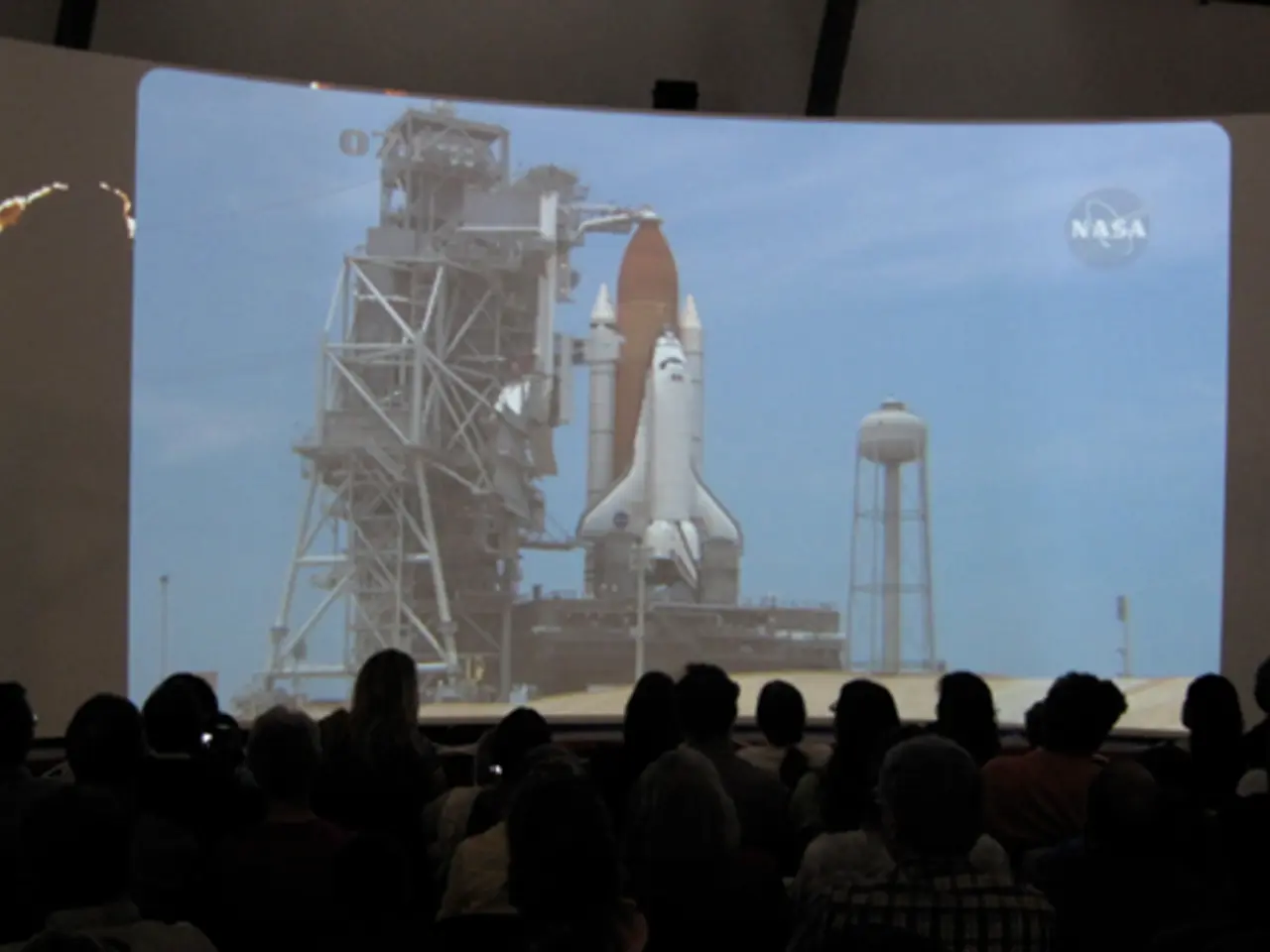SpaceX rocket's thrilling descent home captured in stunning tracking shot
SpaceX made history once again with its latest mission, launching a newly designed spacecraft, the Cygnus XL, to the International Space Station (ISS) on Sunday evening from Cape Canaveral, Florida. The mission was another successful demonstration of SpaceX's innovative approach to spaceflight, which has revolutionised the industry by making reusable rockets a reality.
The Falcon 9 booster used in Sunday's mission, now on its fourth flight, performed flawlessly, returning for an upright landing at Cape Canaveral just before touching down. The booster's legs deployed for a soft, steady, and perfect landing, providing an opportunity for SpaceX to capture a rare tracking shot of the returning starlink.
Since SpaceX performed its first successful vertical landing of a Falcon 9 booster in December 2015, the company has achieved over 480 booster landings. This reusability has significantly reduced spaceflight costs, paving the way for more frequent and affordable missions.
Meanwhile, SpaceX is working tirelessly on its next-generation spacex rocket, a two-stage, fully reusable, super heavy-lift launch vehicle. The company aims to land the upper-stage Starship spacecraft back at base, an attempt that could occur in 2026 for the first time. SpaceX has figured out how to bring the Starship's first-stage Super Heavy booster back home, a crucial step towards making the Starship fully reusable.
The Starship is designed for crew and cargo missions to the moon and possibly Mars. In the meantime, the Falcon 9 continues to serve as a workhorse, delivering essential supplies to the ISS. The Cygnus XL, which carried more than 11,000 pounds (about 4,990 kg) of supplies for the crew aboard the space station, successfully docked with the ISS on Monday.
The landing of the Falcon 9 booster at Cape Canaveral was a dramatic spectacle, with the booster firing its engines to slow itself as it neared terra firma during landing. The booster stands 135.2 feet tall (41.2 meters), making its landing a sight to behold.
SpaceX's efforts to make space travel more affordable and accessible are paying off, with several Falcon 9 boosters flying for SpaceX more than 20 times. The company's relentless pursuit of innovation is pushing the boundaries of what is possible in space travel, and we can expect to see many more exciting developments from SpaceX in the future.
For those who missed the dramatic landing, footage of the event is available for viewing. The Cape Canaveral landing provided a unique opportunity to witness this remarkable feat of engineering, and serves as a testament to SpaceX's commitment to pushing the boundaries of what is possible in space travel.
Read also:
- "Eco-Scam": Unveiling the Truth about Electric Vehicles
- European transportation's sustainability and competitiveness rely on a "green industrial agreement" that serves the interests of both corporations and residents, as discussed in an Editorial from August 2024.
- Indian Oil Corporation's Panipat Refinery secures India's inaugural ISCC CORSIA accreditation for Sustainable Aviation Fuel production
- Porsche Macan Accelerates into Second Generation of Electric Power







